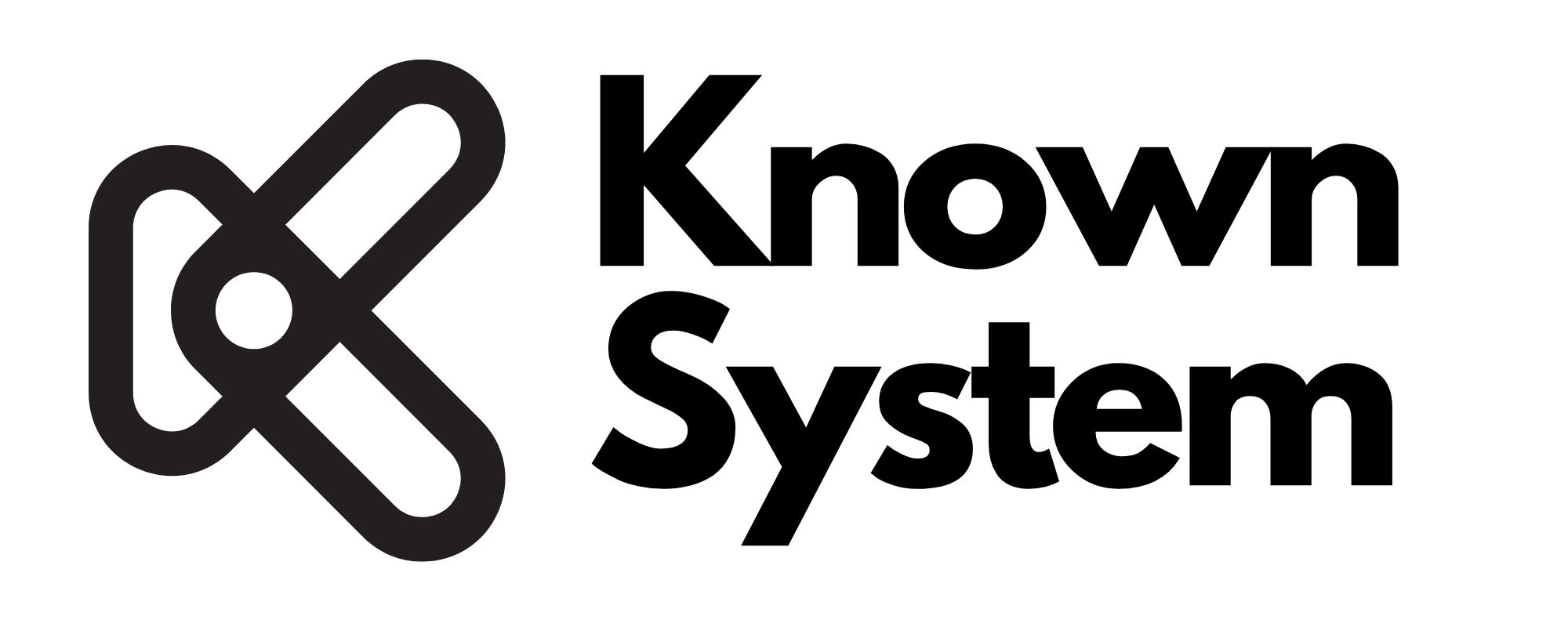The Evolution of Technological Frameworks: What Has Changed?

Technological frameworks, the foundational structures that guide the development and implementation of technology, have evolved significantly over the years. These frameworks have shifted to accommodate the rapid pace of innovation, new challenges, and the increasing complexity of modern systems. By looking at how technological frameworks have changed, we can better understand the factors driving progress and anticipate future developments.

One of the most notable changes in technological frameworks is the shift from monolithic, single-purpose systems to more modular and flexible architectures. In the past, technology solutions were often rigid and designed for specific tasks. For example, early computing systems were built with fixed hardware and software components that were difficult to upgrade or adapt. Today, however, many technologies are built using open-source frameworks, cloud-based systems, and microservices, which allow for greater customization and scalability. This shift has enabled businesses and developers to create more adaptable solutions that can evolve with changing needs and technological advancements.

Another significant change in technological frameworks has been the increased emphasis on collaboration and integration. Earlier technologies often operated in isolation, with little interoperability between different systems. Today, the focus is on creating interconnected platforms that can communicate and work together. In the field of software development, for instance, the use of application programming interfaces (APIs) has become standard practice, allowing different software applications to integrate seamlessly. Similarly, in fields like the internet of things (IoT), the integration of various devices into a unified system is a key consideration in the development of new technologies.

The role of data has also transformed technological frameworks. The advent of big data and data analytics has had a profound impact on how technologies are designed and implemented. Earlier systems were often designed with limited consideration of data flow, but today, the ability to process, analyze, and derive insights from vast amounts of data is central to many technologies. This has given rise to frameworks that prioritize data storage, analysis, and real-time decision-making. For example, cloud computing platforms have become critical for managing large datasets and providing flexible storage solutions that can scale with the needs of businesses.

Lastly, user-centered design has become an increasingly important aspect of technological frameworks. In the past, technology was often designed with little input from end-users, leading to systems that were difficult to use or did not meet the needs of the people they were intended for. Today, the focus is on designing technologies that are intuitive, accessible, and tailored to the specific needs of users. This shift has led to the rise of user experience (UX) design and user interface (UI) best practices, which prioritize ease of use and customer satisfaction.
As technology continues to evolve, so too will the frameworks that underpin it. By examining the changes in technological frameworks over time, we can gain a better understanding of the trends that are shaping the future of technology and how these frameworks will continue to evolve to meet the demands of a rapidly changing world.

